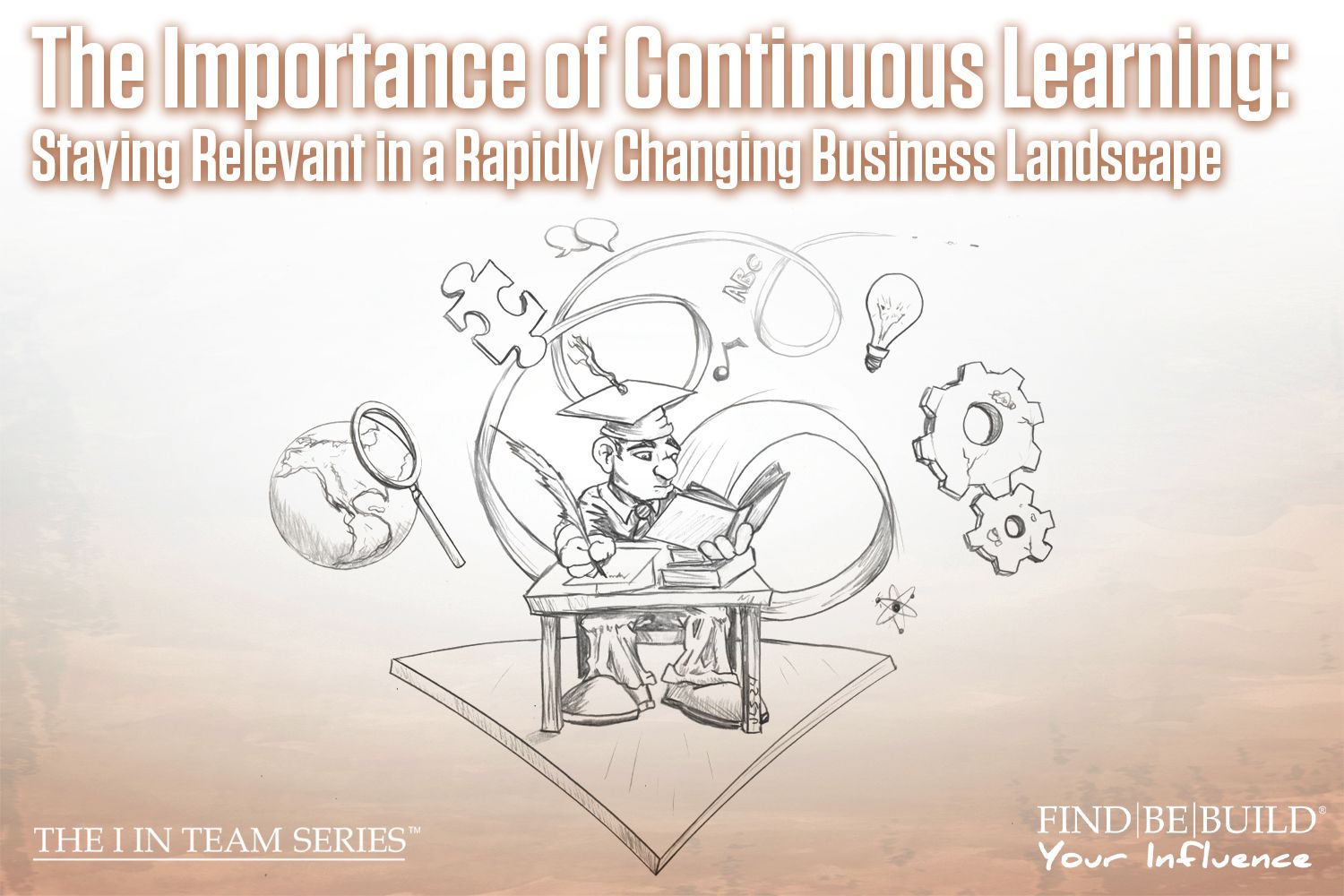Top 6 Successful Leadership Qualities

Hi, team! It’s your friend, Mary, with The I in Team Series where you can find, be, and build your positive influence. If you think about current and past leaders of organizations, do any of them possess the same successful leadership qualities? Several studies have shown that leaders are different as much as they are similar. However, there are six qualities that are shown to be possessed by the most successful leaders. The leaders who possess the below six qualities run organizations with team members who are more driven, creative, enthusiastic, productive, and positive.
Being Goal Driven
Leaders should be results oriented; this is how organizations thrive and strive. Successful leaders who are goal driven do two things:
1) They set and achieve their own goals
2) They help others set and achieve their own goals
Part of being a successful leader is ensuring everyone on your team is not only aware of your organization’s goals, but that [GBK1] they are setting their own goals as well. If their goals align with the organization’s goals, that’s great! When everyone on the team is aware of the current goals and is [GBK2] striving to meet those goals through their own goal setting, organizations will almost certainly succeed in their industry. Leaders must motivate their team to set and achieve their goals, as well as giving them the tools necessary to do so.
Having Excellent Communication
Employing excellent communication skills is imperative for any leader, especially if they are going to successfully aid in their team’s goal setting and achievement. Leaders who know how to communicate with a diverse set of individuals while ensuring everyone stays on the same page requires practice, patience, creativity, and energy. One of the most powerful tools successful leaders have is their spoken word, privately and face-to-face, with an employee. One-on-one communication followed up with supportive action can reap tremendous results. Consider establishing an open-door policy, if you don’t already have one; if you need focus time, schedule that time for yourself consistently and communicate to your team why you need the focus time and when you will be taking it.
Empowering Others
Empowering others, in part, means making them feel good and like they are valued. Some people possess the quality of being able to transfer positive energy to others, thus, empowering them. Behavioral experts refer to this as positive energy transference, and this brings out the best in others. When your team feels empowered in their abilities and understands that they are valued in the organization, they will strive to meet their and the organization’s goals. Successful leaders can empower employees by getting to know them, understanding their dreams, and helping them link their dreams to the organization’s vision, mission, goals, or values.
Having Empathy
Having empathy for your team aids in successful leaders’[GBK3] ability to communicate and empower their team, and vice versa. Empathy is the ability to recognize, categorize, and understand an emotion another individual is feeling, as well as being able to communicate or demonstrate that understanding in a way that makes the experience positive for the team member. One of the keys here is avoiding toxic positivity and not making the conversation about yourself. Show your team you care about them by being empathetic to their needs, feelings, goals, and current situation.
Being Pragmatic
While it may seem that being pragmatic goes against having empathy, this is not true. In fact, being pragmatic can aid successful leaders in their pursuit of empathy and empowering their team. When leaders understand that part of human nature is emotion, coupled with the fact that life is messy, they can use pragmatism to communicate more effectively. Being pragmatic doesn’t mean doing away with emotion, it means the opposite. It means taking into account all the variables, understanding your team, and making decisions that are practical. Being pragmatic combined with empathy is a step towards high emotional intelligence. To be practical, leaders must have a wholistic understanding of their team.
Having Structure & Being Organized
Without structure or being organized, leaders couldn’t possibly create successful organizations. Leaders must be structured in their work, remaining consistent and organized to maintain order within the team. If leaders can help their team remain structured and organized as well, their team members will stay on target for deadlines, be more likely to meet their goals, and remain productive.
Conclusion
Successful leaders are ones who employ positive habits for both their own and their team’s benefit. The above six qualities are shared by nearly all successful leaders. To be a positive influence on yourself and your team, you must continually grow, learn, and develop positive habits. If you are lacking any of the above, identify what you would like to work on and ask for outside accountability to help you develop your goal. If you require leadership coaching, contact our team at IA Business Advisors. We would love to help you find, be, and build your positive influence.
[GBK1]Do you need that here?
[GBK2]Should this be are?
[GBK3]Should this be leader’s since it is referring to an individual as you used “your” ?











